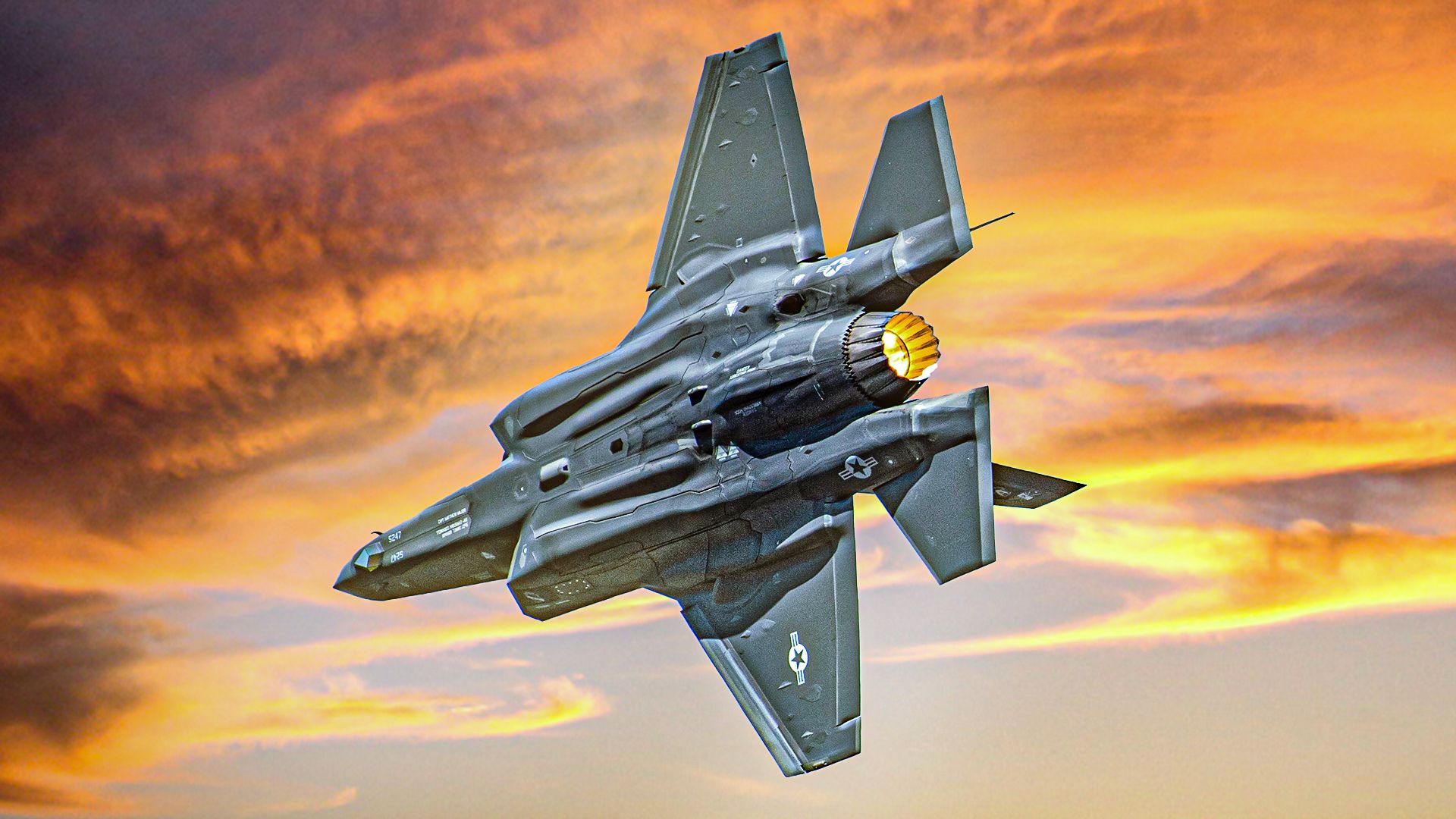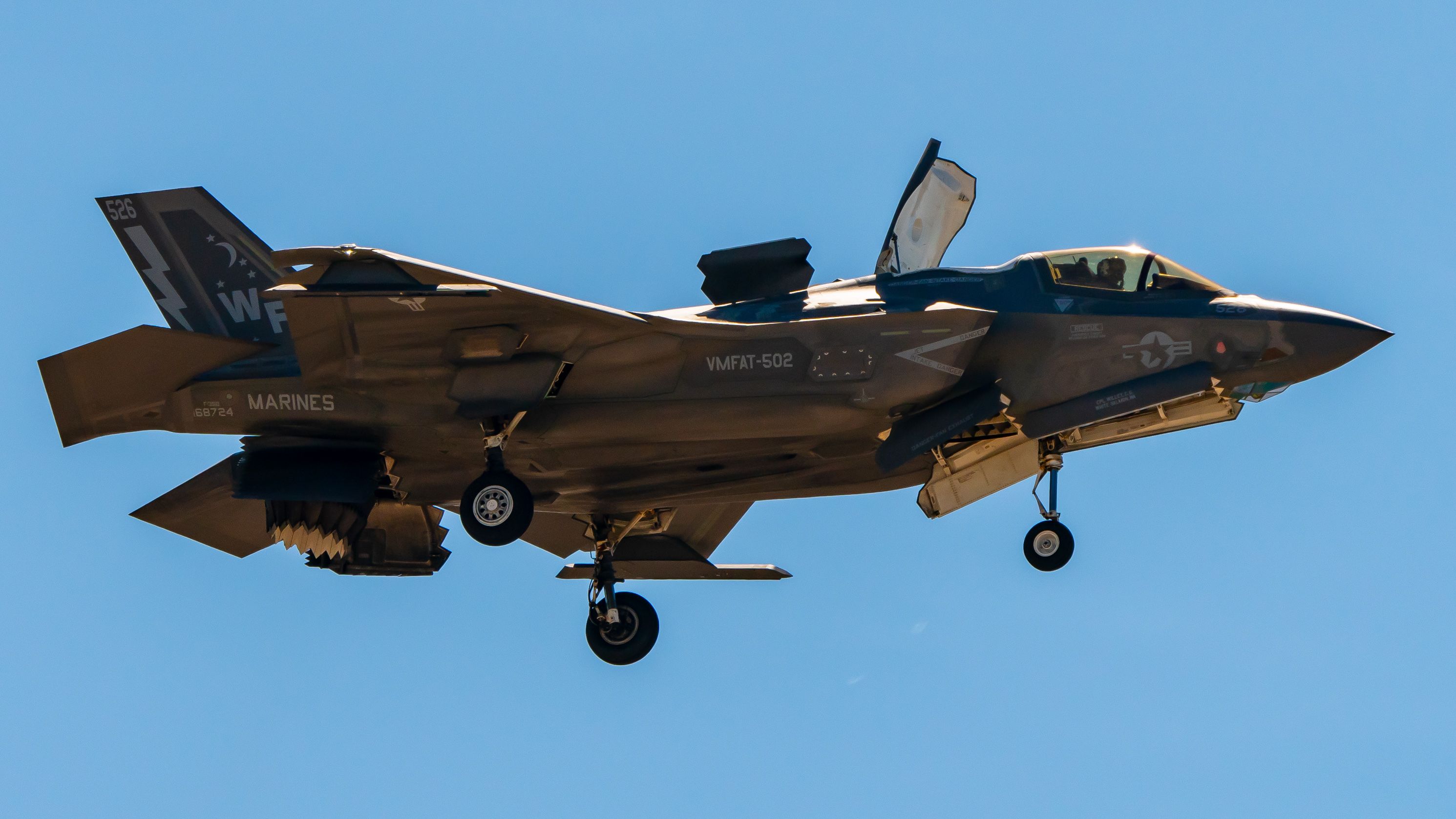Summary
- The F-35 Lightning II has cutting-edge technology for superior information gathering, defense, and stealth capabilities.
- Autonomic Logistics Information System (ALIS) accounts for two-thirds of the F-35’s lifecycle cost, streamlining maintenance and operations.
- F-35 faces issues with Reliability, Maintainability, and Availability (RMA) performance, struggling to meet expected operational levels.
The Lockheed Martin F-35 Lightning I is known for its multirole stealth capabilities required for air superiority and strike missions. The aircraft features electronic warfare and intelligence, surveillance, and reconnaissance capabilities. As part of the Joint Strike Fighter (JSF) program, the F-35 descends from the Lockheed Martin X-35 concept demonstrator aircraft. The F-35 program includes three different variants:
- F35A: Conventional takeoff and landing (CTOL) version
- F35B: Short takeoff and vertical landing (STOVL), and
- F35C: Carrier-based version (CV/CATOBAR)
This article focuses on notable strengths and weaknesses of one of the most advanced combat aircraft.
| F-35A CTOL |
F-35B STOVL |
F-35C CV (Carrier Variant) |
|
|---|---|---|---|
| Length | 51.4 ft (15.7 m) | 51.2 ft (15.6 m) | 51.5 ft (15.7 m) |
| Wingspan | 35 ft (10.7 m) | 35 ft (10.7 m) | 43 ft (13.1 m) |
| Height | 14.4 ft (4.39 m) | 14.3 ft (4.36 m) | 14.7 ft (4.48 m) |
| Wing Area | 460 sq ft (42.74 m2) | 460 sq ft (42.74 m2) | 668 sq ft (62.06 m2) |
| Empty weight | 28,999 lb (13,154 kg) | 32,472 lb (14,729 kg) | 34,581 lb (15,686 kg) |
| Internal fuel | 18,250 lb (8,278 kg) | 13,500 lb (6,123 kg) | 19,750 lb (8,958 kg) |
| Weapons payload | 18,000 lb (8,160 kg) | 15,000 lb (6,800 kg) | 18,000 lb (8,160 kg) |
| Max takeoff weight | 70,000 lb (31,800 kg) class | 60,000 lb (27,200 kg) class | 70,000 lb (31,800 kg) class |
| Range | >1,200 NM (2,200 km) | >900 NM (1,700 km) | >1,200 NM (2,200 km) |
| Combat radius on internal fuel |
669 NM (1,239 km) | 505 NM (935 km) | 670 NM (1,241 km) |
| Thrust/weight • full fuel: • 50% fuel: |
0.87 1.07 |
0.90 1.04 |
0.75 0.91 |
| g limit | +9.0 | +7.0 | +7.5 |
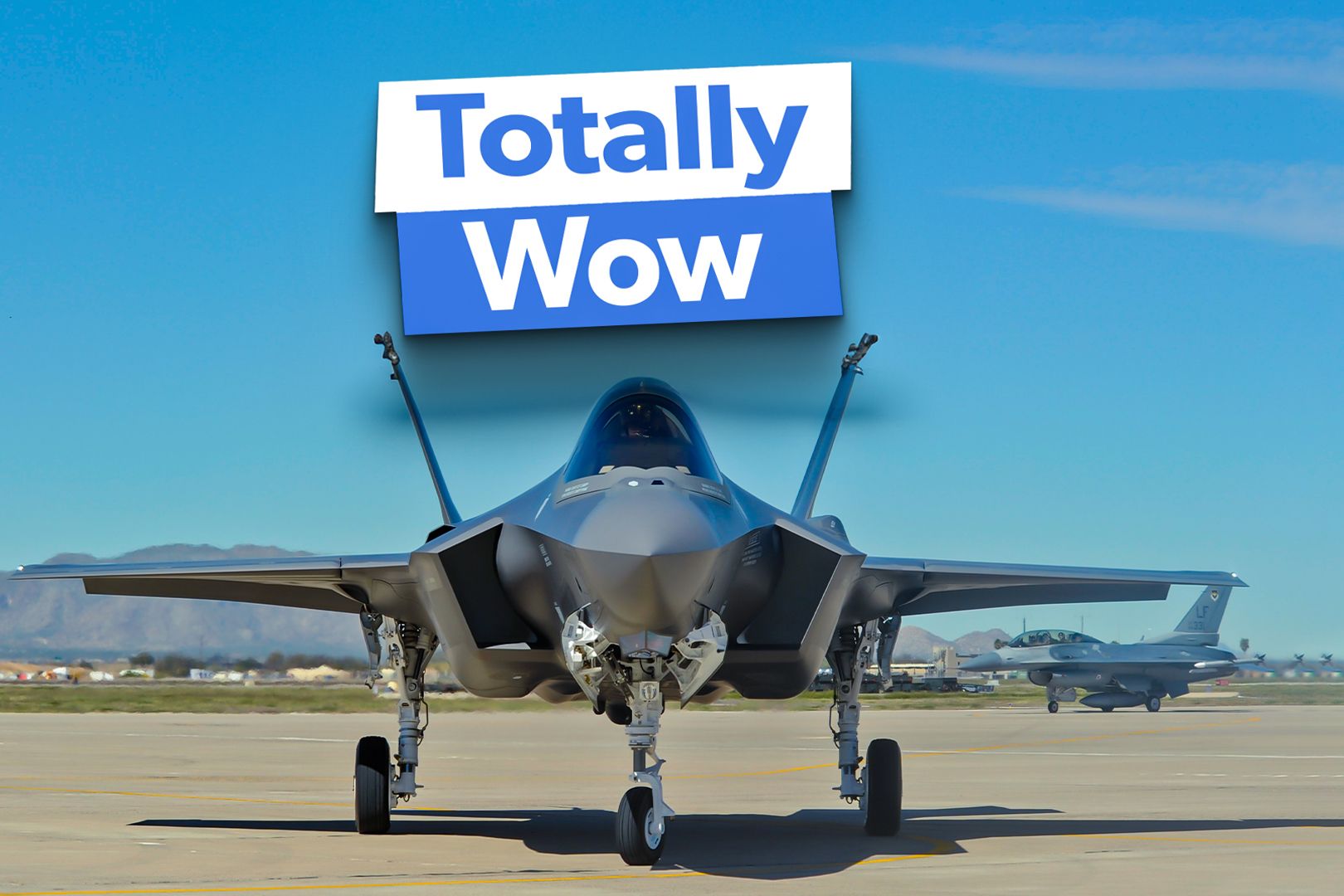
Related
5 Reasons Why The F-35 Lightning II Is The Most Popular 5th Gen Fighter Jet
The F-35 is arguably the most advanced fighter jet in the world today – and is certainly the most numerous 5th-gen fighter.
The F-35 program: Strengths
The F-35 Lightning II is packed with state-of-the-art technologies that enable it to gather and distribute information efficiently while having extraordinary stealth and defense capabilities. Designed to replace the aging F-16 Fighting Falcons and A-10 Thunderbolts, the F-35 combines stealth, sensor fusion, and unprecedented situational awareness. According to the Air Force,
“The F-35A’s advanced sensor package is designed to gather, fuse and distribute more information than any fighter in history, giving operators a decisive advantage over all adversaries. Its processing power, open architecture, sophisticated sensors, information fusion and flexible communication links make the F-35 an indispensable tool in future homeland defense, Joint and Coalition irregular warfare and major combat operations.”
The F-35 system is designed with the Autonomic Logistics Information System (ALIS), accounting for two-thirds of the aircraft’s lifecycle cost. The system integrates operational parameters, configuration, and operational performance of the F-35 platform. Predictive diagnosis, scheduled upgrades, and maintenance are planned depending on serviceability and operational performance. The system also integrates training, mission planning, and service support for the F-35, allowing continuous mission and performance monitoring of the aircraft.
Another major strength is the F-35’s ability to share data securely and efficiently among its flight members and other airborne and ground platforms. The aircraft enables common communication capability among partner nations to foster coalition interoperability. Powered by a single P&W F135 turbofan engine, the aircraft has a cruise speed of approximately Mach 1.6 (1,200 mph).
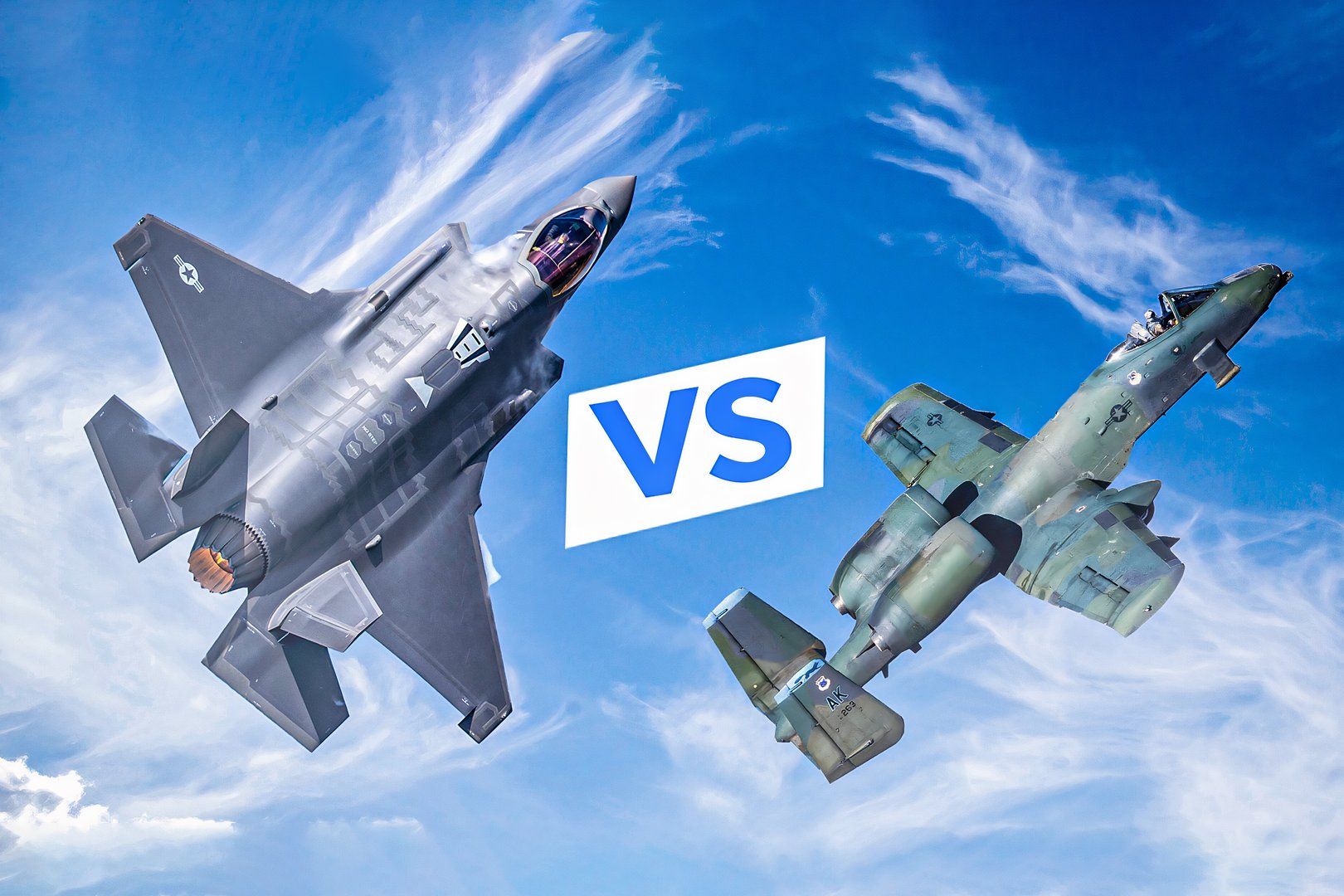
Related
F-35 vs A-10: Can The Lightning Effectively Replace The Thunderbolt?
A detailed analysis of if the F-35A Lightning II (aka Panther) can replace the A-10C Thunderbolt II (aka Warthog) with many sources.
The F-35 program: Weaknesses
The F-35 fighters have seen a fair share of issues in recent years, mainly due to their Reliability, Maintainability, and Availability (RMA) performance. In 2023, the United States Air Force (USAF) F-35s were available for operational use only 51% of the time. While the USAF aimed to hit a minimum 65% operational level at all times, the mission capability rate vexes the ongoing problems.
According to the annual report by the Director of Operational Test and Evaluation,
“The operational suitability of the F-35 fleet remains below service expectations and requirements,”
Photo: Joe Kunzler | Simple Flying
The F-35 availability
The aircraft availability has been a pressing issue for the USAF, US Navy, and the Marine Corps, which has taken the delivery of 628 F-35s combined. Availability is defined as the aircraft’s readiness for at least one of the many missions it is tasked to perform. The recent evaluation report states that,
“In [fiscal year 2023], aircraft availability was slightly below that in FY’22, after declining for most of FY’21,”
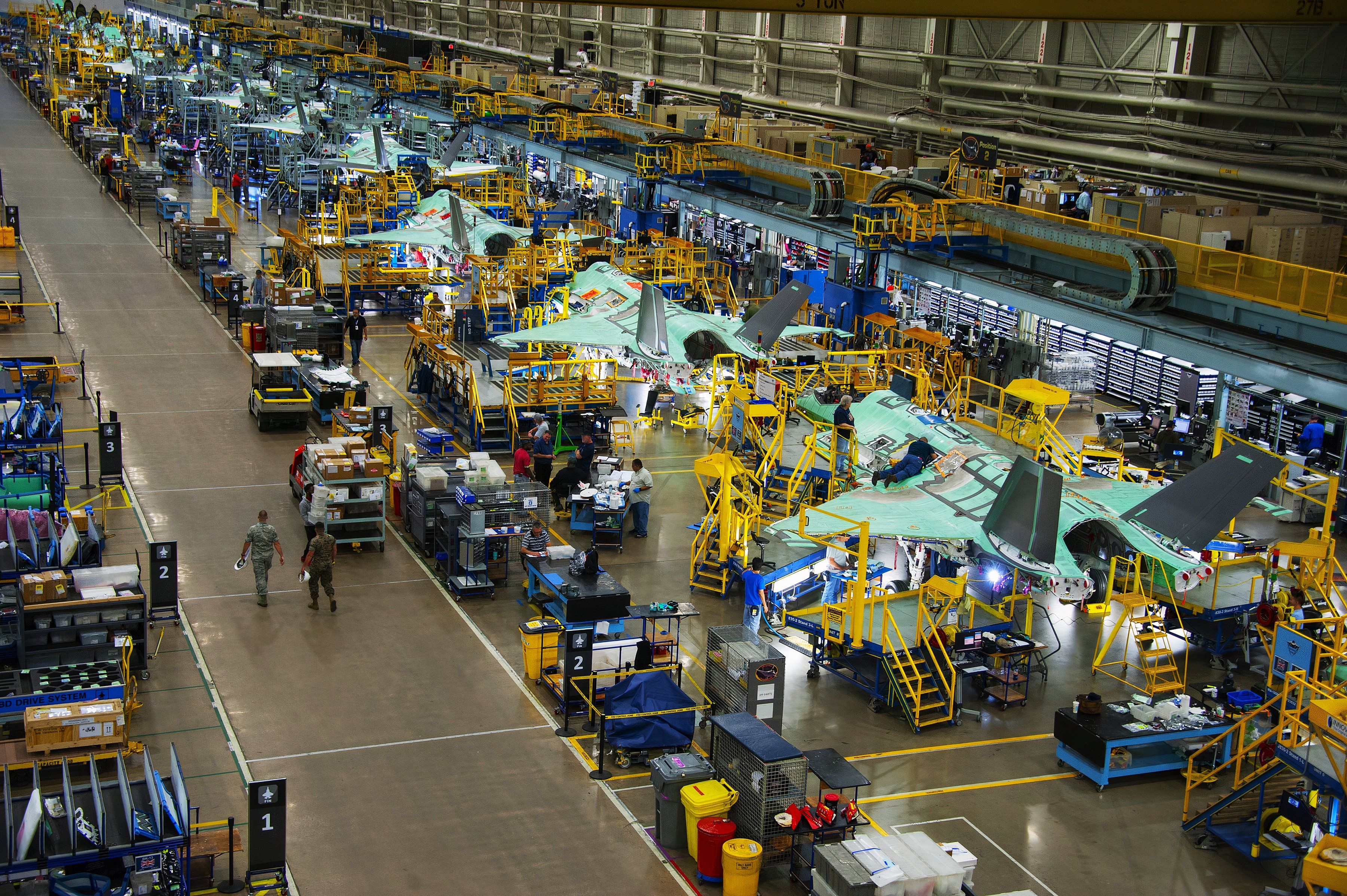
Related
F-35 Delays Are Causing Lockheed To Run Out Of Storage Space
A US Government Accountability Office (GAO) report finds F-35 production is facing serious headwinds. Read for details.
The F-35’s competitive advantage—a highly digital and computer-intensive fighter jet—becomes its weakness in some aspects. Older jets have relatively greater availability and overall RMA performance due to the lack of reliability of digital technologies. The current global situation around the supply chain and the availability of spare parts also add to the problem. The significant shortage of fully functional F-135 engines also results in the lack of availability of the F-35 aircraft.
What are your thoughts on the strengths and weaknesses of the F-35 Lightning II? Share your views in the comments section.

